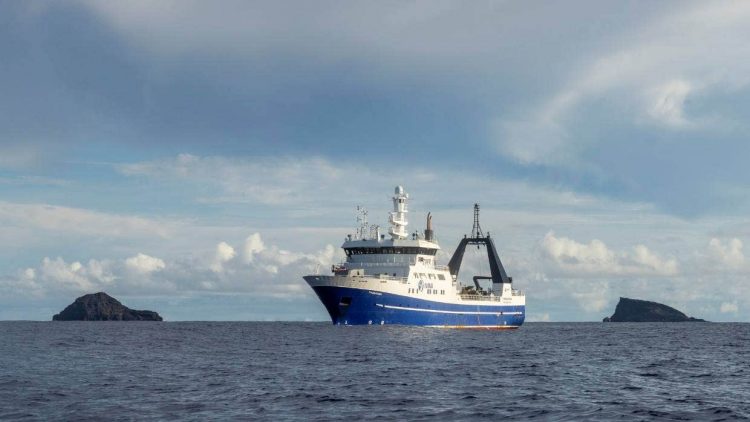A New Zealand survey expedition has recently returned from studying the remnants of the Hunga Tonga–Hunga Ha’apai volcano in Tonga, which erupted in January this year. The expedition, led by NIWA (National Institute of Water and Atmospheric Research) and funded by the Nippon Foundation, discovered that the volcano was still largely intact. This came as a surprise to scientists, who expected that the violent explosion – the biggest ever recorded by modern sensors – would have destroyed the volcano.
However, as expected, they did find a significant amount of displaced rock, ash and sediment, which stretched as far as 50 km from the blast zone. Despite this, some areas in close proximity to the volcano were still found to have abundant marine life – an encouraging sign for recovery. The second stage of the expedition will occur in the middle of next month. This will see the caldera mapped by an unmanned vessel, which will be piloted remotely from the UK.





























































